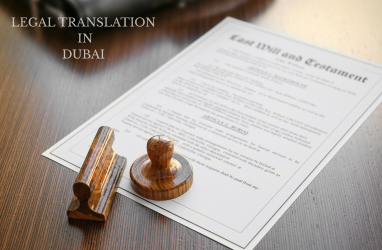The right intellectual property (IP) strategy can be the checkmate that decides who wins the market race. IP is the most valuable asset of any business. Regardless of the product or service offered, as a startup or an SME, you are likely to use and create a large amount of IP on a regular basis, from brand names to confidential business information to original creative designs. By protecting your innovations, you can differentiate yourself from your competitors, attract investment, and create new opportunities for growth and expansion. On the other hand, failure to do so can lead to revenue loss, litigation, and damage to your company's reputation.
In this article, we will introduce you to some of the strategic moves that can help you create and implement a successful IP strategy to position your business for market dominance
1. Unlock the Power of your IP Assets by Registering Them
Recent studies show that the number of IP applications filed by small businesses has steadily increased over the past decade. Small businesses worldwide are recognizing the critical role of IP, and as a result, they are increasingly prioritizing the acquisition and preservation of IP rights. This is because IP offers several key benefits, such as a strong market position and competitive advantage, higher profits or returns on investment, additional income from licensing, creative negotiating power in business deals, and a positive business image. In this context, a 2022 EU flagship study found that 93% of SMEs with registered IPRs have seen positive impacts on their business. These SMEs cited several key benefits, including improved reputation or image of their business (60%), better IP protection (58%), and better long-term business prospects (48%). These findings underscore the critical role of IP protection in effectively navigating the business landscape. It is worth mentioning that in addition to registering your IP assets, you must take the necessary steps to keep them alive. Failing to renew your TM and failing to pay annuity fees for your patent lead to loss of protection.





